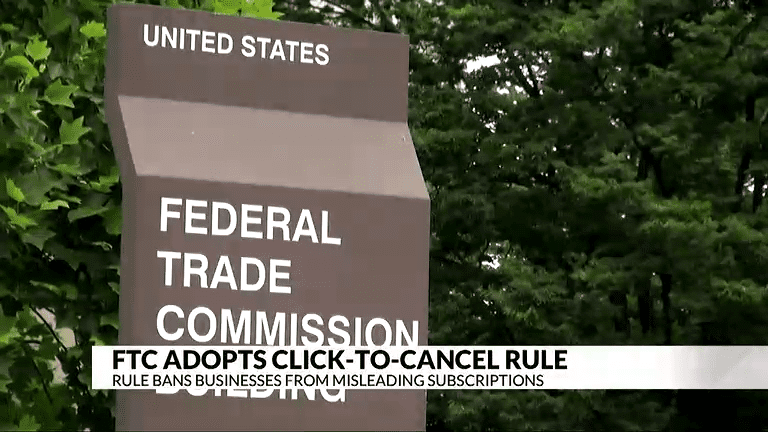How Middle Managers Drive Productivity And Improve Employee Engagement

Table of Contents
The Role of Middle Managers in Fostering a Productive Work Environment
Middle managers are the linchpin between executive leadership and frontline employees. Their effectiveness directly impacts team productivity and overall organizational success. Their ability to foster a productive work environment is paramount.
Effective Communication and Goal Setting
Clear communication forms the bedrock of a productive team. Middle managers must excel at conveying expectations, providing regular feedback, and ensuring individual goals align seamlessly with broader team and company objectives.
-
Effective Communication Strategies:
- Regular one-on-one meetings to address individual concerns and progress.
- Team meetings to foster collaboration, share updates, and address common challenges.
- Utilizing transparent communication channels (e.g., project management software, company intranet) to ensure everyone is informed.
-
SMART Goal Setting:
- Specific: Clearly defined goals, leaving no room for ambiguity.
- Measurable: Goals with quantifiable metrics to track progress.
- Achievable: Goals challenging yet realistic, ensuring employee buy-in.
- Relevant: Goals aligned with both individual roles and overall company objectives.
- Time-bound: Goals with clear deadlines to maintain focus and momentum.
Empowering Employees and Delegating Effectively
Empowerment is key to boosting both productivity and engagement. Middle managers who effectively delegate and trust their teams foster a sense of ownership and responsibility.
-
Best Practices for Delegation:
- Provide clear instructions and expectations for each task.
- Set realistic deadlines, considering individual workloads.
- Offer ongoing support and guidance, without micromanaging.
-
Techniques for Employee Empowerment:
- Provide employees with decision-making authority within their areas of expertise.
- Recognize and reward accomplishments, both big and small.
- Encourage employees to take initiative and propose solutions.
Creating a Positive and Supportive Work Culture
A positive and inclusive work environment is critical for high performance. Middle managers play a vital role in shaping this culture.
-
Strategies for Fostering Positivity:
- Organize team-building activities to strengthen relationships and improve collaboration.
- Implement recognition programs to acknowledge and reward outstanding contributions.
- Maintain an open-door policy to encourage open communication and address concerns promptly.
-
Addressing Conflict and Promoting Collaboration:
- Provide conflict resolution training to equip team members with the skills to navigate disagreements constructively.
- Facilitate collaborative problem-solving sessions to leverage the collective expertise of the team.
Middle Management Strategies for Enhanced Employee Engagement
Engaged employees are more productive, innovative, and committed to their work. Middle managers have a significant influence on fostering this engagement.
Understanding Employee Needs and Motivations
Understanding individual needs and motivations is crucial for tailoring management strategies. This requires active listening and a genuine interest in each team member's aspirations.
-
Methods for Assessing Employee Needs:
- Conduct regular employee engagement surveys to gather feedback and identify areas for improvement.
- Hold individual feedback sessions to discuss performance, goals, and challenges.
- Engage in open and honest one-on-one conversations to build rapport and understand individual perspectives.
-
Tailoring Motivational Strategies:
- Implement a system of recognition and rewards to acknowledge exceptional contributions.
- Provide opportunities for professional development and career advancement.
Providing Opportunities for Growth and Development
Investing in employee development demonstrates a commitment to individual growth, boosting engagement and retention.
-
Examples of Development Opportunities:
- Offer skill-building workshops and training programs to enhance employee capabilities.
- Implement mentorship programs to pair experienced employees with newer team members.
- Create clear career advancement paths to provide employees with a roadmap for their future within the organization.
-
The Link Between Development and Engagement: Providing opportunities for growth fosters a sense of value and purpose, directly contributing to higher levels of employee engagement and reducing turnover.
Promoting Work-Life Balance and Well-being
Middle managers play a vital role in promoting a healthy work-life balance and supporting employee well-being. Addressing stress and burnout is essential for maintaining productivity and engagement.
-
Strategies for Supporting Work-Life Balance:
- Offer flexible work arrangements where possible (e.g., remote work options, flexible hours).
- Encourage employees to take breaks and utilize their vacation time.
- Promote a culture that values well-being and discourages overwork.
-
Addressing Stress and Burnout:
- Provide resources and support for employees struggling with stress or burnout.
- Implement stress management programs and initiatives.
Conclusion
Effective middle management is crucial for driving productivity and improving employee engagement. By mastering communication, delegation, fostering positive work cultures, understanding employee needs, investing in development, and promoting well-being, middle managers can significantly impact team performance and overall organizational success. Start driving productivity and improving employee engagement today by implementing these middle management strategies. Investing in your middle managers is investing in the future success of your entire organization.

Featured Posts
-
 Not Guilty Verdict For Officer In Chris Kaba Shooting
May 01, 2025
Not Guilty Verdict For Officer In Chris Kaba Shooting
May 01, 2025 -
 Integrating Hudsons Bay Artifacts Into Manitobas Existing Holdings
May 01, 2025
Integrating Hudsons Bay Artifacts Into Manitobas Existing Holdings
May 01, 2025 -
 Ousted Ftc Commissioners Seek To Regain Positions
May 01, 2025
Ousted Ftc Commissioners Seek To Regain Positions
May 01, 2025 -
 Noodstroomvoorziening Een Essentiele Overweging Voor Bio Based Basisscholen
May 01, 2025
Noodstroomvoorziening Een Essentiele Overweging Voor Bio Based Basisscholen
May 01, 2025 -
 Nba Skills Challenge 2025 A Breakdown Of The Event
May 01, 2025
Nba Skills Challenge 2025 A Breakdown Of The Event
May 01, 2025
Latest Posts
-
 Departure Confirmed Coronation Street Star Leaving Uk For New Opportunity
May 01, 2025
Departure Confirmed Coronation Street Star Leaving Uk For New Opportunity
May 01, 2025 -
 Coronation Streets Daisy From Stripper To Soap Star
May 01, 2025
Coronation Streets Daisy From Stripper To Soap Star
May 01, 2025 -
 Uk Bound Coronation Street Star Secures New Role Following Resignation
May 01, 2025
Uk Bound Coronation Street Star Secures New Role Following Resignation
May 01, 2025 -
 Fans React Coronation Streets Daisys Pre Soap Career
May 01, 2025
Fans React Coronation Streets Daisys Pre Soap Career
May 01, 2025 -
 Coronation Street Star Daisys Surprising Career Beginnings
May 01, 2025
Coronation Street Star Daisys Surprising Career Beginnings
May 01, 2025
